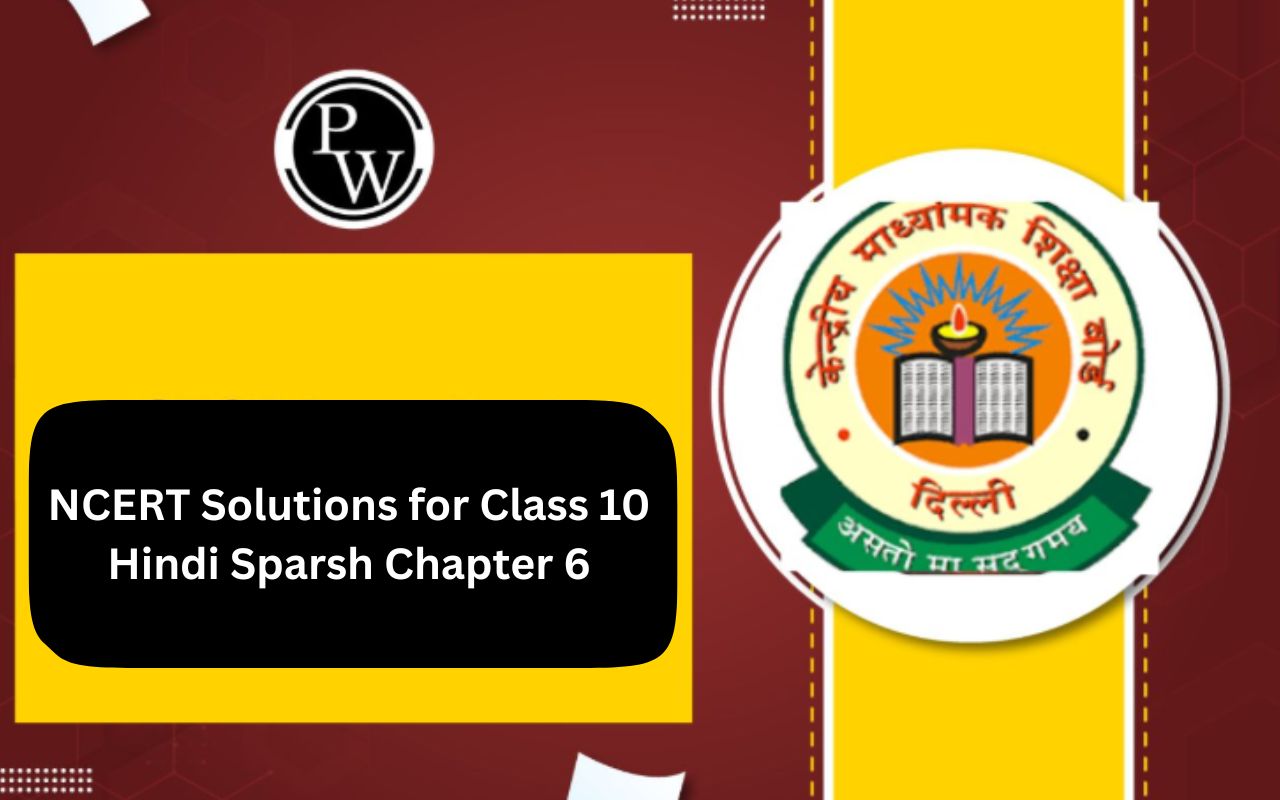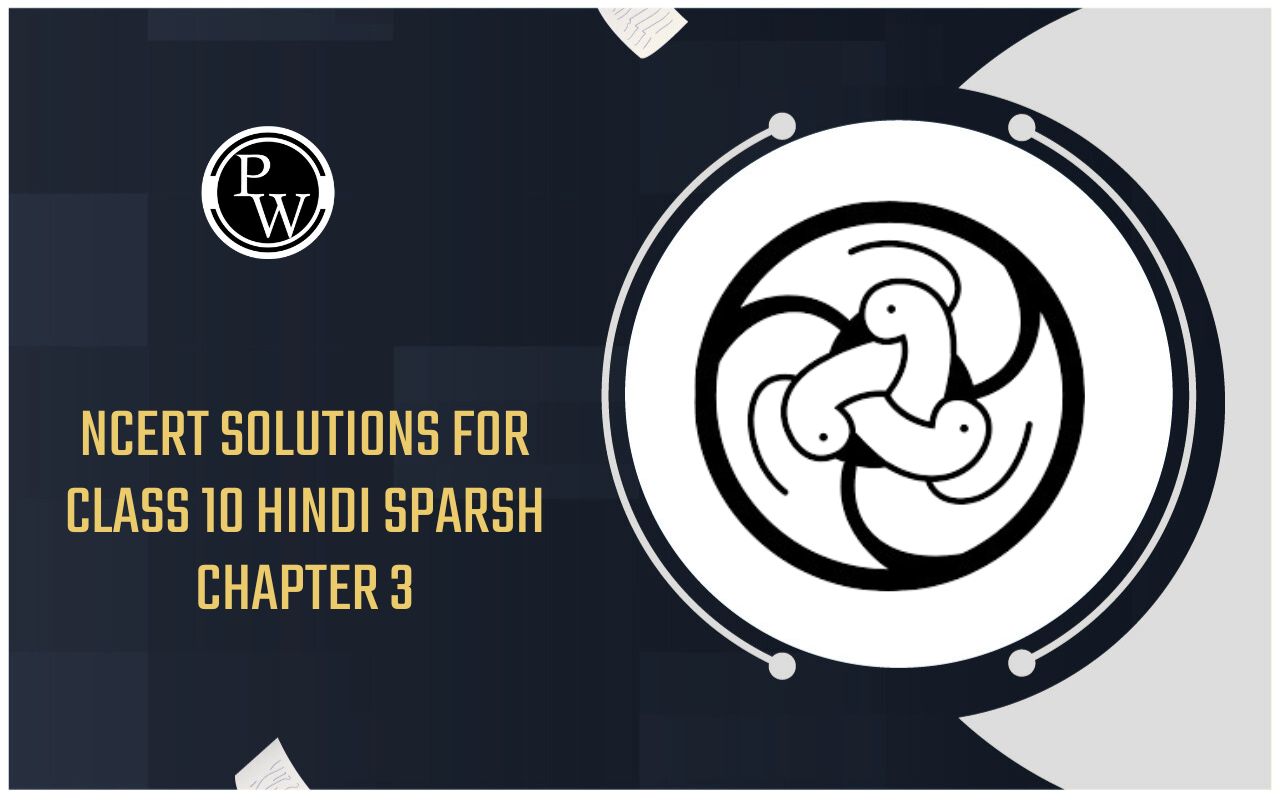
CBSE Class 10 Social Science History Notes Chapter 5: Learn about CBSE Class 10 Social Science History Notes for Chapter 5 - "Print Culture and the Modern World". This chapter talks about the history of printing, how it started in East Asia, and then spread to Europe and India. It also explains how technology changed society and culture with the introduction of printing.
These notes are made by experts to help students prepare for their board exams. They explain important topics in a simple way so that students can understand and remember them easily for their exams.Topics Covered in the CBSE Class 10 Social Science History Notes Chapter 5 Overview
Here are the important topics covered in the CBSE Class 10 Social Science History Notes for Chapter 5:- Introduction to Print Culture: Understanding what print culture is and its significance in modern society.
- Origins of Printing: Exploring the beginnings of printing in East Asia and its historical context.
- Spread of Printing: Learning how printing expanded from East Asia to Europe and later to India.
- Impact of Printing Technology: Understanding the profound effects of printing technology on society and culture.
- Changes in Social Lives: Exploring how printing technology influenced social interactions and behaviors.
- Cultural Transformations: Examining the changes in art, literature, and other cultural aspects due to the emergence of print culture.
- Preparation for Board Exams: Tips and strategies for effective preparation using these notes for Chapter 5.
CBSE Class 10 Social Science History Notes Chapter 5 PDF
You can access the CBSE Class 10 Social Science History Notes for Chapter 5 in PDF format through the following link:CBSE Class 10 Social Science History Notes Chapter 5 PDF
CBSE Class 10 Social Science History Notes Chapter 5 Print Culture and the Modern World
The First Printed Books
Long ago, in places like China, Japan, and Korea, people used a kind of printing technology called hand printing. In China, they started printing books around the year 594 AD. These books were made by rubbing paper, and they were folded and stitched on both sides. China was the main place where books were made for a long time. They even used print for things like trade information. Over time, reading books became a popular hobby, even for wealthy women who wrote their own poems and plays. Eventually, Western printing methods came to Asia in the late 19th century.Printing in Japan
Around the year 768-770 AD, Buddhist monks from China brought hand-printing technology to Japan. The oldest Japanese book, the Buddhist Diamond Sutra, was printed in 868 AD. Printing in Japan led to interesting changes in publishing. By the late 19th century, books were full of illustrations showing city life, and bookstores were filled with all kinds of printed materials, like books about women and music.Print Comes to Europe
When Marco Polo came back to Europe from China, he brought with him knowledge about woodblock printing. Soon, this printing technology spread across Europe. More and more people wanted books, so booksellers started selling them to different countries. But there weren't enough handwritten books to go around. People started using woodblocks to print things like pictures and playing cards with simple words. Then, in the 1430s, a man named Johann Gutenberg made the first printing press.Gutenberg and the Printing Press
Johann Gutenberg was good at polishing stones, and he used that skill to make a printing press. The first book he printed with his new machine was the Bible. Even though they had printing presses now, some rich people still wanted books written by hand so they could decorate them. Between 1450 and 1550, printing presses were set up in many European countries, and this changed everything.The Print Revolution and Its Impact
The printing revolution changed people's lives. Books became cheaper, so more people could buy them. People started reading more, even if they weren't rich or educated. Print also sparked debates and discussions. Some people were worried about the spread of new ideas, like Martin Luther, who criticized the Roman Catholic Church. Print allowed people to read and think for themselves.A New Reading Public
More and more people learned to read in the 17th and 18th centuries. Schools were set up, and books became more available. Newspapers and journals started coming out, with news about wars and trade. Science books were published too, like Isaac Newton's discoveries. Print was seen as a way to spread knowledge and bring about change.CBSE Class 10 Social Science History Notes Chapter 5 FAQs
What is Print Culture?
Print culture refers to the widespread use of printing and its impact on society, including the production, distribution, and consumption of printed materials such as books, newspapers, and pamphlets.
When and where did printing technology originate?
Printing technology originated in East Asia, particularly in China, Japan, and Korea, with early developments dating back to ancient times.
What was the significance of the Gutenberg printing press?
The Gutenberg printing press, invented in the 15th century by Johannes Gutenberg in Europe, revolutionized book production by introducing movable type. This innovation facilitated the mass production of books, leading to the rapid spread of knowledge and ideas.
How did print culture impact society and culture in Europe?
Print culture democratized access to knowledge, fostered the spread of Enlightenment ideas, fueled religious debates, and contributed to social and political revolutions such as the French Revolution.
🔥 Trending Blogs
Talk to a counsellorHave doubts? Our support team will be happy to assist you!

Free Learning Resources
PW Books
Notes (Class 10-12)
PW Study Materials
Notes (Class 6-9)
Ncert Solutions
Govt Exams
Class 6th to 12th Online Courses
Govt Job Exams Courses
UPSC Coaching
Defence Exam Coaching
Gate Exam Coaching
Other Exams
Know about Physics Wallah
Physics Wallah is an Indian edtech platform that provides accessible & comprehensive learning experiences to students from Class 6th to postgraduate level. We also provide extensive NCERT solutions, sample paper, NEET, JEE Mains, BITSAT previous year papers & more such resources to students. Physics Wallah also caters to over 3.5 million registered students and over 78 lakh+ Youtube subscribers with 4.8 rating on its app.
We Stand Out because
We provide students with intensive courses with India’s qualified & experienced faculties & mentors. PW strives to make the learning experience comprehensive and accessible for students of all sections of society. We believe in empowering every single student who couldn't dream of a good career in engineering and medical field earlier.
Our Key Focus Areas
Physics Wallah's main focus is to make the learning experience as economical as possible for all students. With our affordable courses like Lakshya, Udaan and Arjuna and many others, we have been able to provide a platform for lakhs of aspirants. From providing Chemistry, Maths, Physics formula to giving e-books of eminent authors like RD Sharma, RS Aggarwal and Lakhmir Singh, PW focuses on every single student's need for preparation.
What Makes Us Different
Physics Wallah strives to develop a comprehensive pedagogical structure for students, where they get a state-of-the-art learning experience with study material and resources. Apart from catering students preparing for JEE Mains and NEET, PW also provides study material for each state board like Uttar Pradesh, Bihar, and others
Copyright © 2025 Physicswallah Limited All rights reserved.
Get App









